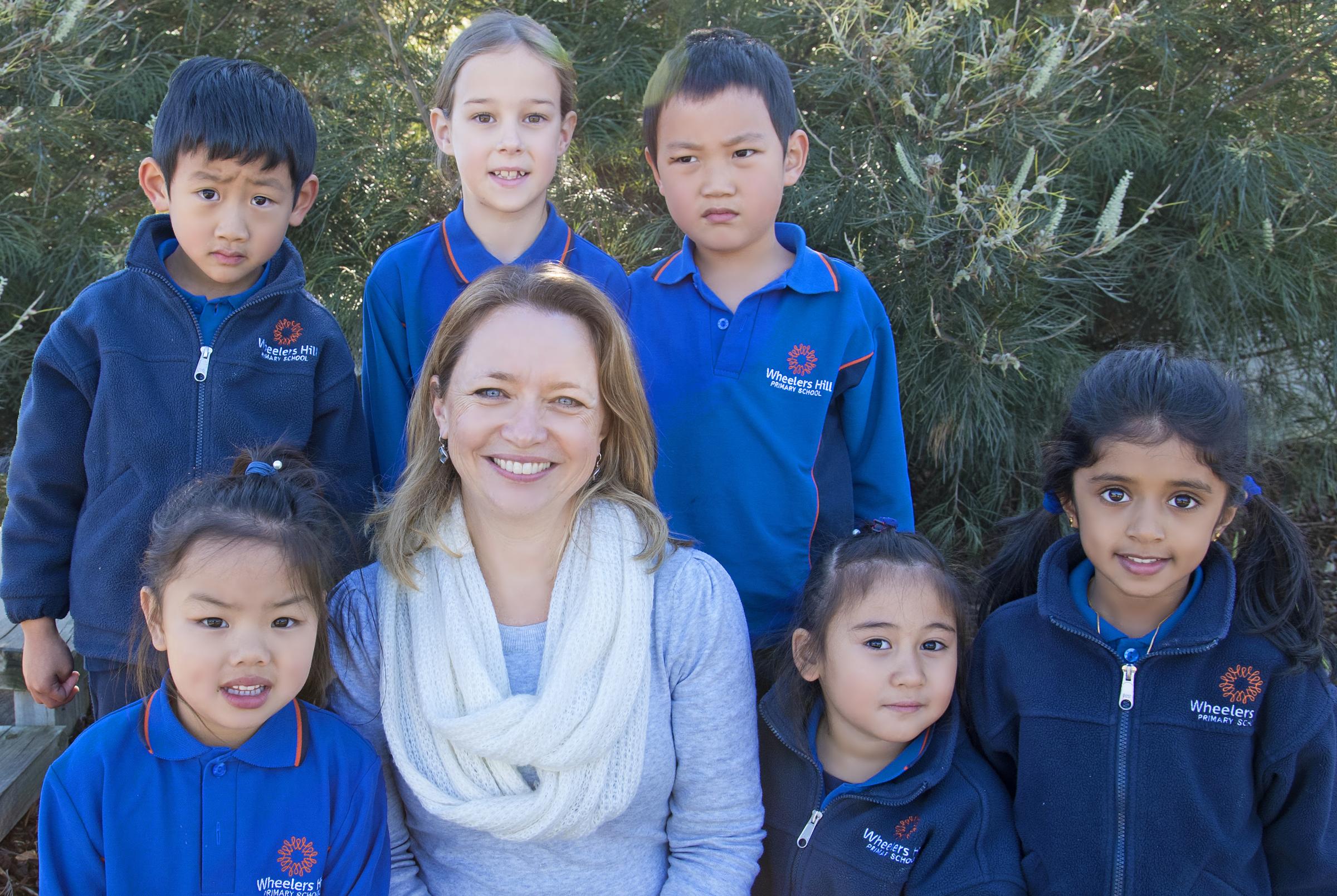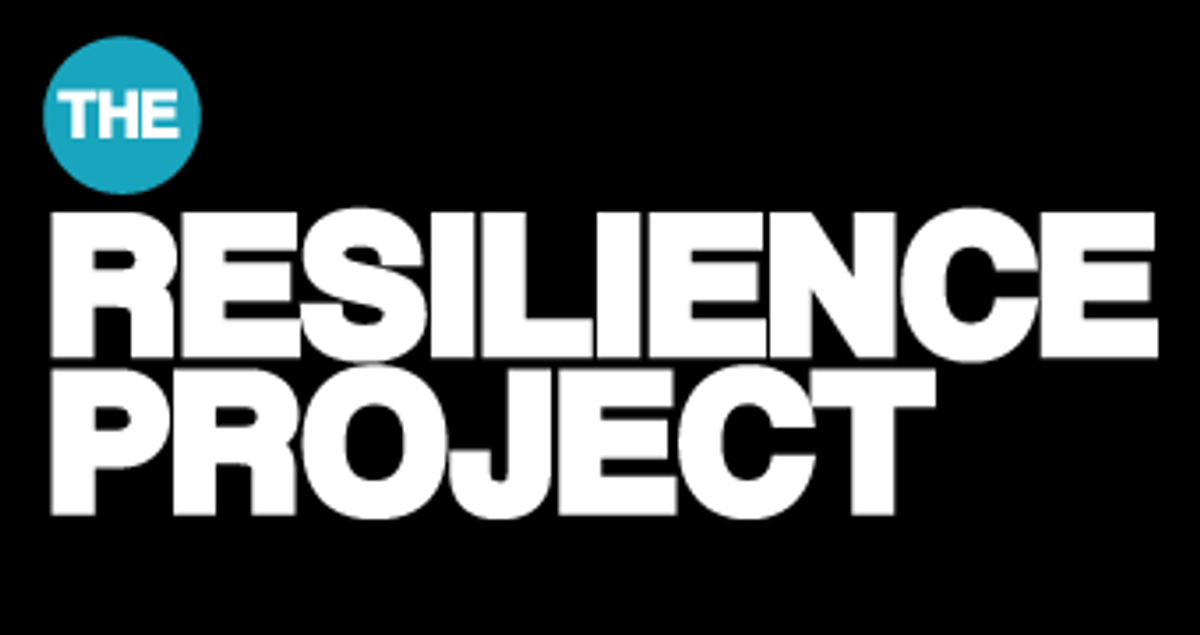Assistant Principal's Report Katrina Spicer - Wellbeing

2nd December 2022
'UP' DAY AND 'MEET THE TEACHER' DAY
UP DAY
Today our students in Prep to Year 5 visited a classroom in the year level they will be in next year. Each class visited a teacher who is currently teaching the next year level. This teacher is not necessarily the teacher they will have in 2023.
The purpose of this 'UP' session was to get a taste of what next year's year level is like, the kinds of activities that they might do, where the classrooms are, where bags go etc. This orientation to the next year level helps to ease students' anxiety around moving to the next year level, and will hopefully answer many questions your child may have about what school will look like for them in 2023.
MEET THE TEACHER DAY
Students will meet their 2023 class and teacher on Tuesday, December 13th during our Whole School Transition Day. Year 6 students who are attending a Government Secondary School in 2023 will visit their new school on this day, and our 2023 Prep Students will attend WHPS for their final transition session.
The Resilience Project (TRP) curriculum forms an essential part of our Wellbeing Program here at WHPS. TRP focuses on teaching students the importance of Gratitude, Empathy and Mindfulness (GEM) as well as Emotional Literacy, to improve and sustain wellbeing. In this week's newsletter, we learn about Emotional Literacy.
EMOTIONAL LITERACY
‘Emotional literacy’ is described as the ability to understand ourselves and other people, and in particular to be aware of, understand, and use information about the emotional states of ourselves and others with competence
It includes the ability to understand, express and manage our own emotions and respond appropriately to the emotions of others. The terms ‘emotional literacy’ and ‘emotional intelligence’ are often used interchangeably.
The emotional literacy component of The Resilience Project lessons help children to:
- Recognise and identify their own emotions
- Describe situations that may evoke these emotions
- Compare their emotional responses with those of their peers
- Investigate how emotional responses vary in depth and strength
- Examine influences on and consequences of emotional responses on behaviour
- Analyse factors that influence their ability to regulate emotions
- Forecast the consequences of expressing emotions inappropriately and devise measures to regulate behaviour
- Identify indicators of possible problems in relationships
- Analyse enablers of and barriers to effective verbal and non-verbal communication
- Reflect critically on their emotional responses to a variety of situations and in a range of contexts
- Moderate their emotional responses when expressing opinions, values and choices
- Explain how relationships differ between peers, parents, teachers and other adults
Katrina Spicer
Assistant Principal - Wellbeing
katrina.spicer@education.vic.gov.au
No No No
By Beck Delahoy
Beck Delahoy is a neuroscientist, writer and home educator. When she’s not researching and writing about parenting, she’s outside exploring the wonder of nature with her three kids. Find her @beckdelahoy on Instagram.
My husband and I are looking to buy a new car. I’m dreaming of an electric vehicle and with three kids in car seats, a 7-seater would be ideal. So I’d been doing some research when I found it - the perfect car. It had an impressive range for an electric vehicle, the required 7 seats, and with falcon wing doors I would be the coolest mum in the kinder car park.
I excitedly showed my husband and told him that I want this car! And he oooohed and aaaahed at the car with me, and then I went back to looking at cars that were realistically in our budget. Because my dream car had one issue. It cost twice as much as we earn in a year.
How often do our kids ask us for things that they can’t realistically have?
A five year old wants to read books at bath time.
A seven year old wants to kick their soccer ball in the living room.
A twelve year old wants the latest smartphone, with the 6.1” screen and a cameral that can record in 4K - perfect for filming TikToks!
But in these moments, when our kids tell us what they want, how often do we immediately say “no”?
“No way.”
“Not now”
“No. no…NO!”
The problem is, when we are constantly telling our kids “no”, they don’t feel full of gratitude for having such reasonable and logical parents. Instead, they feel unheard and frustrated. They feel as though we don’t trust their decision making, They feel as though we are taking away their capacity to make choices. And they feel disconnected from us. What if we could do for our kids what my husband did for me, and show them that we honour their wishes and trust them to make reasonable decisions?
Next time a “no” jumps to your lips when your child wants something they can’t have, try one of these three strategies instead:
1. Engage in problem solving to find win-win solutions
Instead of pushing our will onto our kids, we can work with them to find a solution that works for everyone. This involves hearing their perspective, voicing your own concerns, and then working to come up with possible solutions together. That might look like this:
“You want to read books right now. You really love reading books. I’m worried that if we read all of our books right now, we won’t have time for a bath. What do you think we can do so that we have time for books and a bath?”
By working with our kids to find solutions, we give them power over their own lives, and show that we trust them to make good decisions.
2. Find the yes in the no
Sometimes what our kids want is almost ok. It might be ok to kick the soccer ball around, just not in the living room. Or it might be ok to eat ice cream, just not right before dinner. When that happens, we can say yes to what is ok with their desire, while redirecting the rest. That might look like this:
“I can see that you want to kick the soccer ball around! You sure can kick that ball really well. I’m a bit worried that there’s not enough room inside our house for you to kick the ball around safely. Let’s take the ball outside where you have more room. Would you like some help to set up some goals?”
3. Give it to them in fantasy.
Joana Faber and Julie King, authors of How To Talk So Little Kids Will Listen, suggest that when your child wants something they can’t have, our first impulse is to explain why they can’t have it…which often doesn’t work out very well for us. Instead, we can give to our child in fantasy what they can’t have in reality. That might look like this:
“You want to buy that new smartphone? Wow, I can see why! That camera is fantastic. Look, it says here that it’s the same quality as what you see in the movies! Maybe we can go to the shops tomorrow and record a TikTok on the display phone. That could be a bit of fun!”
By acknowledging that our child wants something, and joining them in their fantasy, we’re not building them up for disappointment like we think we might be doing. We’re actually giving them a healthy outlet for experiencing their desire.
Taking “no” out of our vocabulary doesn’t mean that we need to buy the latest smartphone for our tweens, eat dessert at every meal, and spend all of our life savings on a fancy car. It’s not a recipe for indulgence. It does mean that we honour our kids’ feelings and help them make good choices. And boosting our kids’ sense of autonomy and competence is something we can say “yes!” to.
Follow this link to the 'Support for Parents and Families' page on our school website.
https://www.wheelershillps.vic.edu.au/support-for-families
Below is a list of support agencies and links to their websites
Kids Helpline | 1800 55 1800 | visit website
Beyondblue | 1300 22 4636 | visit website
Headspace | visit website
BiteBack | visit website
Headspace | COVID specific resources | visit website
Brave online | free online anxiety program | visit website



